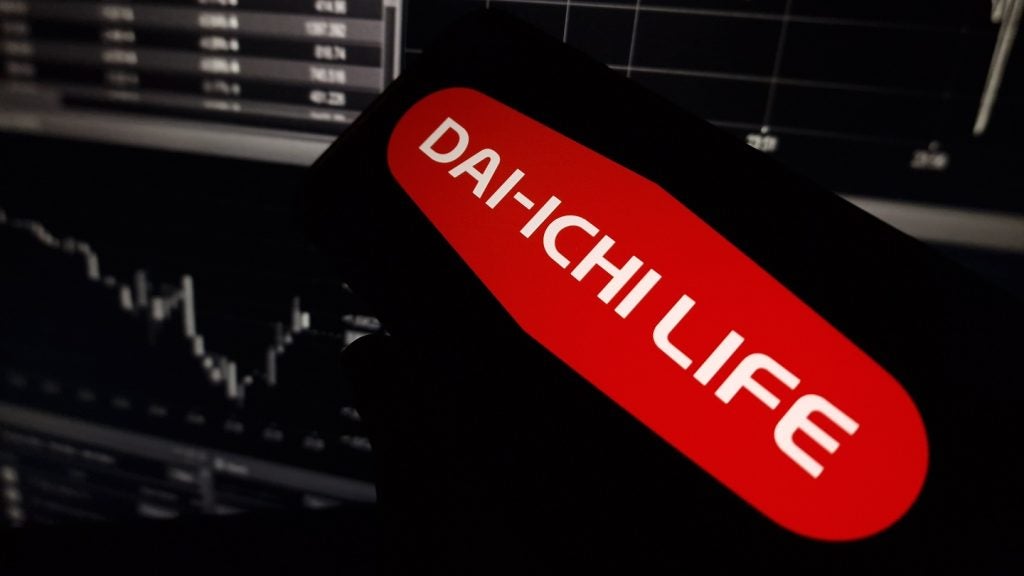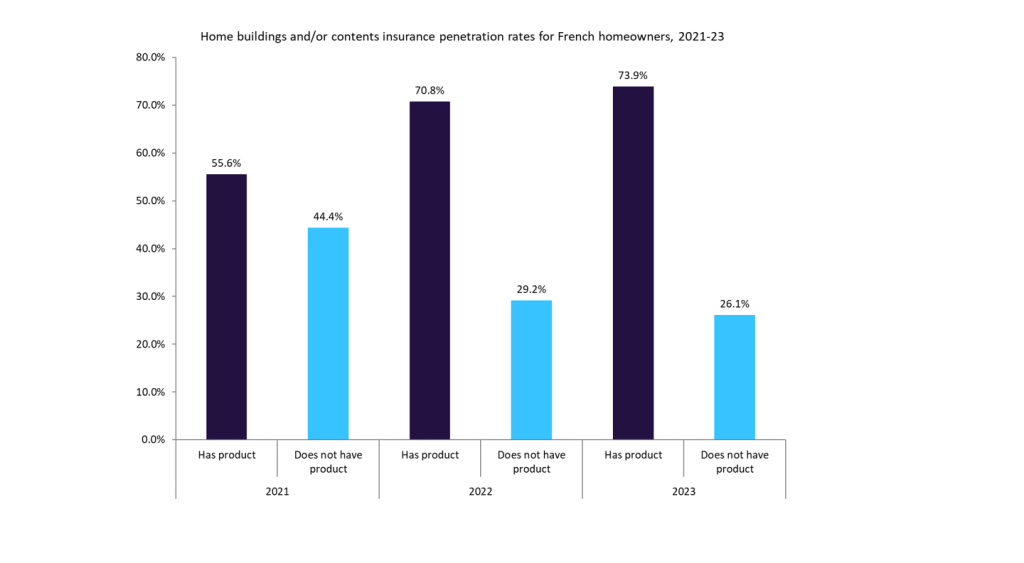Aged between 16 and 33, Generation Y makes up a quarter
of the US population and represents a huge opportunity for life
insurers. Joan Cleveland of Prudential Individual Life Insurance
discusses with Charles Davis the findings of study highlighting the
needs and demands of this major market segment.
 Most American
Most American
consumers born between 1977 and 1994 – members of the so-called
Generation Y – know little about the intricacies of life insurance.
But they know they need it, want it to be far easier to purchase,
are wary of industry gimmicks and, most importantly, have a desire
to be educated about the process of purchasing life insurance.
“You think you know, but you have
no idea,” is how one member of Generation Y summed up life
insurance, according to Reaching Gen Y – easier than you
think, a study by Prudential Individual Life Insurance.
“I was shocked by the overall level
of interest in insurance, and the fact that life event triggers are
the same for Gen Y as they are for the rest of us,” said Joan
Cleveland, senior vice-president, business development, with
Prudential Individual Life Insurance.
“What is interesting is that they
really know nothing about insurance beyond payouts, really. Pure
protection is what they know.”
How well do you really know your competitors?
Access the most comprehensive Company Profiles on the market, powered by GlobalData. Save hours of research. Gain competitive edge.

Thank you!
Your download email will arrive shortly
Not ready to buy yet? Download a free sample
We are confident about the unique quality of our Company Profiles. However, we want you to make the most beneficial decision for your business, so we offer a free sample that you can download by submitting the below form
By GlobalDataPrudential recently conducted one
of the largest studies of Generation Y ever undertaken, featuring
four external consumer focus groups, three internal focus groups
from the insurer’s individual life insurance associates, and more
than 1,500 internet-based survey responses.
The study’s findings have much to
say about the way life products will be marketed and delivered in
the future.
New sales approach
needed
 In order to reach
In order to reach
Generation Y, the report says, the industry will be required to
stop selling life insurance – or at least selling it in
old-fashioned, aggressive ways. Generation Y wants to be empowered
to buy.
In other words, they want education
about life insurance, to better understand how life insurance fits
into their lives, and to be provided with an easy way to purchase
the product.
The single most significant, and
heartening, insight that emerged from the research was that
Generation Y will buy life insurance. Taken across all survey
participants, 18% said they intended to buy or add life insurance
coverage life insurance within one year, while 30% said they
intended to do so within three years.
Generation Y participants in the
internet-based survey were even more enthusiastic. Forty eight 48%
stated they had intentions to buy, or add, life insurance coverage
within the next three years, and nearly 20% plan to buy life
insurance within one year.
That is impressive when compared to
a study by industry research and consulting organisation LIMRA in
2005 that found 27% of consumers from all ages intended to purchase
life insurance within one year. It is also worth noting that
Generation Y’s intent to purchase comes at a time when many of them
are encountering trigger events. One in three people who moved, got
married, or changed jobs were members of Generation Y.
According to the US Census Bureau
the total number of people forming Generation Y is 83.5m (25% of
the US population) of which 76.4m were aged 15 to 32 in 2009. In
that year, Generation Y’s collective annual income was $1.89trn.
Generation Y’s total earnings are projected to increase by 85%
during the next decade to $3.5trn, exceeding Baby Boomers’ earnings
by $500bn. One thing is certain: Generation Y is a very viable
market for life insurance.
In its study, Prudential found one
of the challenges for the industry is to augment traditional
distribution channels and begin to think more broadly about
different consumer access points. This is particularly true for
Generation Y, because this group does not want to be pressured or
automatically enrolled into life insurance plans they do not
understand. They also want more education about life insurance
products and ultimately an easier way to buy.
While 53% of Generation Y’s
surveyed would consider purchasing life insurance online, they
still want to talk to an agent at some point during the
process.
Many
misconceptions
 The study also
The study also
revealed that Generation Y understands life insurance as a concept,
but the complexities of pricing, product types and the underwriting
process are still lost on this group, resulting in many
misconceptions.
For example, many Generation Ys
think life insurance is only necessary for those with high-risk
jobs or for people who are sick, old, or both. Some even described
it as a luxury item only for the wealthy.
However, when given prices of
typical simplified issue term policies, 60% immediately became more
interested in life insurance. They were shocked to find out how
inexpensive coverage can be for the average person in his or her
20s. They even suggested that the price be accentuated in
advertising to better reach Generation Y’s.
“In the focus groups, time and time
again, the perception was that even term life was four or five
times more expensive than it actually is,” Cleveland said.
“Participants were amazed when they
found out how affordable the product really is.”
Once they knew the price, it
spawned a myriad of other questions. It seemed that their initial
objection to life insurance was its perceived cost. After it was
made clear that life insurance was often very affordable, then a
door opened to the rest of the information Generation Ys wanted to
understand.
“Today, so much of our time is
spent online so it’s no surprise that the internet is their first
stop when they’re looking for information about life insurance,”
said Cleveland.
“When people put Gen Y and the
internet in the same sentence, they automatically think social
networking. But that is only one part of the equation, so we’ll
leave it up to them to drive the process and tell us where else we
need to go.”
Despite these perceptions,
Generation Y is a market that should not be overlooked by the
insurance industry.
“To align with the lifestyles and
preferences of Gen Yers, we will do a better job of demystifying
the life insurance process,” Cleveland added.
“And, we will look to relinquish some of the control and allow
them to teach us about themselves so we can create relevant
products and processes.”







